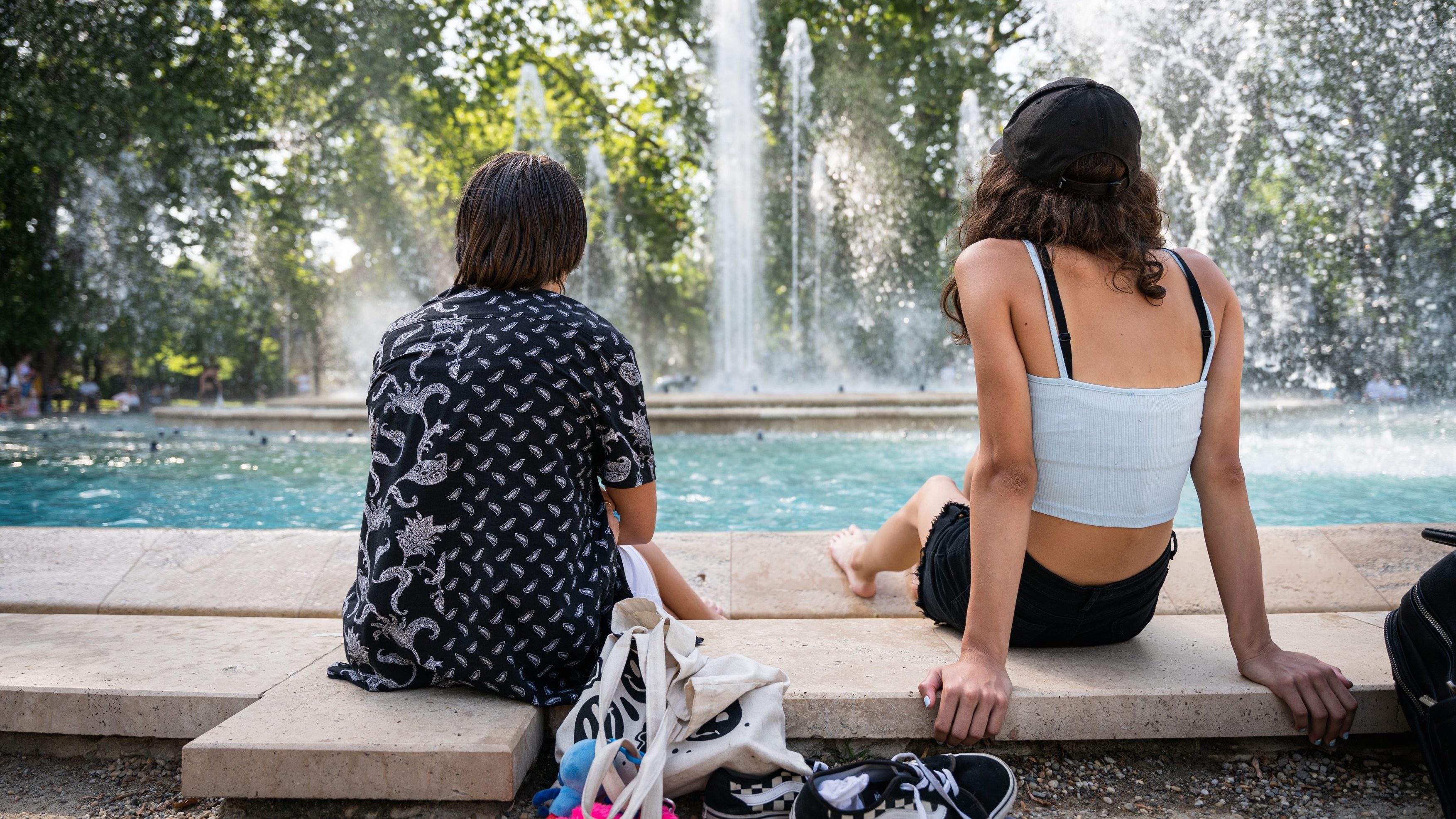If I were a TV journalist, I would be very anxious.
As you know Facebook’s algorithm prioritizes live videos, moreover, it sends out push notifications to alert the audience when a liked page goes live.
It’s really hard to miss live videos so to speak.
Last October Mark Zuckerberg opened Facebook Live to all Facebook users and in April they released the Live API for third-party developers. The latter means that now semi-pro or even amateur users can create professional(ish) multicam live stream using dedicated apps.
It’s huge.
But first of all we’d rather examine how users and media companies use Facebook Live in that very prehistoric status.
In the beginning there were some celebrities who pushed the ‘Go Live’ button and said some boring or borderline interesting stuff into the rear cameras of their iPhones.
Then BuzzFeed came and simultaneously blew off a watermelon and the internet.
FYI: Re/code wrote that Facebook paid celebrities and some media companies to use its live streaming service. One of them was BuzzFeed. So they aren’t just ridiculously passionate about Facebook Live, but their best interest is to make live videos.
On April 8th two BuzzFeed employees with white protective jackets and weird goggles started putting rubber bands on a watermelon until it exploded. It took about 45-minutes and 800.000 viewers were watching it live. In a couple of days the number of views increased to 10 million.
It was a game changer.
Since then most of the media companies and celebrities tried to produce popular, interesting or brand reinforcement live videos. CNN for example broadcasted live political analysis, FOX made a Facebook Live television(?) premier for the Outcast series, a Hispanic TV anchor Jorge Ramos became internet famous because of his live videos, BuzzFeed live streamed a real plastic surgery, and (in my opinion) New York Times made a mistake when they went live with their editors’ pitch meeting.
But no one could ever compete with a Texas woman, mother of two, Candace Payne. Ms. Payne sat in her car, going live, said something about her kids, unwrapped a Star Wars present box and tried on a Chewbacca mask. And laughed. And millions of people watched it. At this point the number of views of this live video is 140 million(!!!!). It’s been the most watched live video on Facebook ever. For the time being.
Ms. Payne and a Chewbacca mask beat up the whole Facebook professional media universe. Ironic, isn’t it?
And it’s just the beginning.
It’s obvious: Facebook takes live streaming very seriously and they hint that the company will figure out how users could monetize live videos (and Facebook videos in general). Monetizing + FB Live API + Euro2016 and Olympics can be huge threats for other online live streaming platforms (YouTube or Periscope) or ultimately for televisions as well.
Exciting times.
Any comments?


